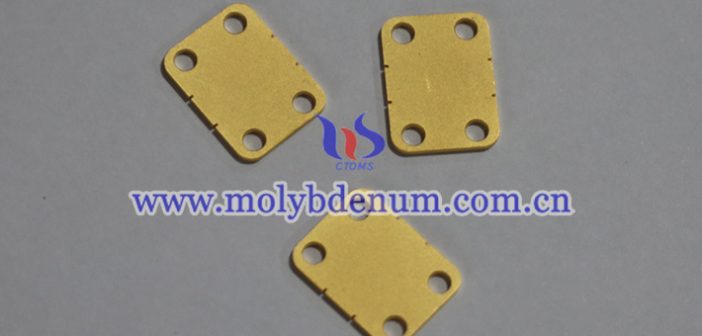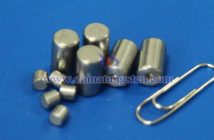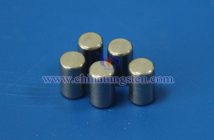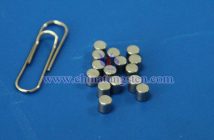In practice, the hermeticity and long-term reliability of molybdenum-copper packages still face many challenges, especially in extreme environments (e.g., vacuum, high temperature, damp heat). Therefore, it is of great engineering value to explore the optimization strategy of air tightness and reliability of molybdenum-copper alloy packages.
1. Problems and influencing factors of air tightness
Molybdenum-copper alloy is a typical non-miscible composite material, and there is an interface transition region between copper phase and molybdenum phase in it. Due to the difference in the coefficient of thermal expansion (about 17×10??/K for copper and 5×10??/K for molybdenum), it is easy to produce interfacial microcracks during thermal cycling, resulting in a decrease in the airtightness of the packaging structure. In addition, there may be micro-defects such as porosity and residual stress in the preparation process of powder metallurgy, which will also affect the air tightness performance.
In addition, during the brazing or packaging process, factors such as insufficient wetting of the vacuum brazing interface, uneven solder diffusion, and uncleaned surface oxidation can lead to micro-leakage, which in turn affects the long-term stability and service life of the device.
2. Analysis of optimization strategies
In order to improve the air tightness and reliability of molybdenum-copper alloy packages, the following aspects can be started:
1. Alloy structure optimization
By refining the powder particle size, improving the powder purity, optimizing the powder mixing uniformity, and using hot isostatic pressing (HIP) technology, the porosity and microcrack formation tendency inside the material can be significantly reduced. At the same time, the appropriate sintering temperature and holding time are used to make the copper phase more evenly distributed in the molybdenum matrix, which helps to improve the overall air tightness.
2. Surface pre-treatment and cleaning
Molybdenum-copper alloy needs to undergo strict surface treatment before welding or packaging, such as sandblasting, plasma cleaning or pickling treatment, to remove the oxide layer and contaminants on the surface, so as to enhance the wettability and interface bonding ability of the brazing metal, and improve the sealing effect of the package.
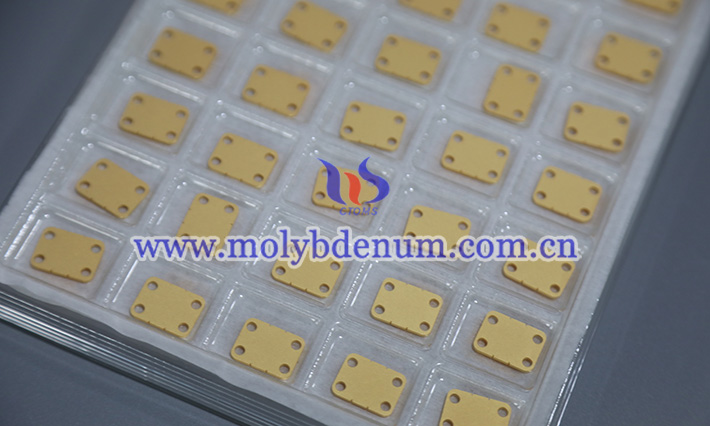
3. Advanced brazing process
Vacuum brazing or active brazing technology is recommended, with Ag-Cu-Ti and other brazing metals suitable for molybdenum-copper materials. During the brazing process, the temperature control and pressure parameters are optimized to avoid stress concentrations and ensure that the brazing metal is fully diffused at the contact surface, resulting in a dense, non-porous brazing seam structure that effectively prevents gas leakage.
4. Hermetic seal testing and failure analysis
Strict air tightness tests are carried out on the package, such as helium mass spectrometry leak detection (leak rate ≤ 1×10??? atm·cc/s), and a complete failure mode and mechanism analysis system is established to simulate and evaluate possible failure paths such as thermal shock, moisture erosion, and electromigration, so as to optimize the design parameters and prolong the service life of the product.
5. Surface protection matches the package design
For applications that are exposed to hot and humid environments or corrosive atmospheres for a long time, the surface of molybdenum copper packages can be protected by nickel plating, gold plating, and electroless silver plating to improve their oxidation and corrosion resistance. At the same time, optimizing the design of the packaging structure, such as selecting the capping material, pin material and sealing medium that matches the thermal expansion coefficient of molybdenum and copper, will help reduce the accumulation of thermal stress and improve the reliability of the overall packaging system.

